Transgender & Gender Non-Binary (TGNB) Adult Clients by Dianne Nicolls
$219.99 $62.00
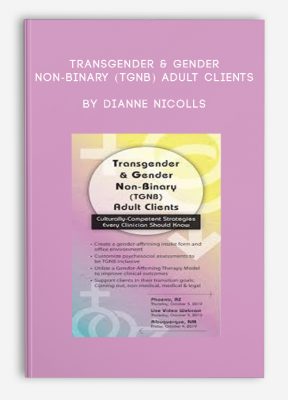
Transgender & Gender Non-Binary (TGNB) Adult Clients by Dianne Nicolls
**More information:
Get Transgender & Gender Non-Binary (TGNB) Adult Clients at Salaedu.com
Description
Are you working with clients who are questioning their gender identity, already out in the community, possibly living a stealth life, or have just recently come to the realization that they are transgender?
Or maybe you are curious about working with this population though feel unsure because you’re unfamiliar with the unique terminology and clinical needs?
This course is for you!
Dianne Nicolls, MS, LMFT, gender therapist will show you how to create a safe and respectful therapeutic environment in which clients can navigate their way through their very personal transition process on the way to living an authentic life. In this workshop, she will share 15 years of clinical experience along with her uniquely personal story how she learned first-hand what compassion, respect, and acceptance truly is for an individual who identifies as transgender.
Leave behind your preconceived ideas about what is masculine and feminine and open your heart and mind to developing an understanding of what it is like to not adhere to the traditional binary concept of gender.
This information-packed live webcast will leave you with the confidence to implement effective treatment strategies for working with transgender and gender non-binary adult clients.
Don’t miss out on the chance to expand the clinical populations you serve, sign up today!
AVOID COMMON MISTAKES & CREATE A GENDER-AFFIRMING ENVIRONMENT
- Confusing sex with gender
- Multiple roles of ally, resource, educator, & advocate
- Using a Gender-Affirming Therapy Model
- Create a TGNB inclusive intake form & office environment
- Respectful gender-appropriate language
UNDERSTAND GENDER IDENTITY FORMATION
- Gender identity and gender expression
- Possible causes of Gender Dysphoria
- Consider intersex condition
- Challenge the binary gender spectrum
- Learn the latest gender identity terminology
- Tools for releasing negative and obsessive thinking
- Working with gender questioning clients
PSYCHOSOCIAL ASSESSMENT OF TGNB CLIENTS
- Critical assessment questions
- When to diagnosis Gender Dysphoria
- Effectively assess for co-existing mental health disorders
- Evaluate for suicidality & self-harm
- Identify supportive individuals
- Explore feelings of internalized transphobia
UNIQUE ADVERSITIES TGNB CLIENTS FACE
- Transphobia & internal transphobia
- Prepare a safety letter
- Microaggression & systemic discrimination
- Intersectionality leading to discrimination
- Intimate partner violence & HIV
HELP CLIENTS NAVIGATE SEX IN AN INCONGRUENT BODY
- Sexual orientation and the TGNB client
- Genital dysphoria and sexual activity
- Reframing sexual organs
- Forced feminization
STAGES OF TRANSITION & COMING OUT
- Non-medical transition steps
- Create a transition timeline
- Who, when, and how to tell others
- Transitioning on the job
- Help families process the news
- Create a support system
ADDRESS MEDICAL & LEGAL TRANSITION GOALS
- Therapist’s role as a “Gatekeeper”
- Informed Consent Model of treatment
- WPATH Standards of Care
- Prepare letters for hormone therapy and gender-affirmation surgeries
- Basics of gender-affirming surgeries and effects of cross-gender hormones
- Prepare clients for legal name, gender marker, & birth certificate changes
GAINS & LOSSES OF TRANSITIONING
- Impact on love relationships, family and friends, and changing roles
- Dating as your true self
- Potential loss of relationships, housing, employment, religion
- Changes in societal status and privilege
- Incorporate old self with new self
- Financial and legal burdens
- Grieving process due to changes
- Unique impact of transition on the older client
- Looking at the impact of transition years later
BECOME A RESOURCE FOR TGNB CLIENTS
- Referral resources in the medical community
- Local and national TGNB-friendly resources
- Create support groups
- WPATH’s Global Education Initiative: The Path of Certification
More information about Medical:
Medicine is the science and practice of establishing the diagnosis, prognosis, treatment, and prevention of disease.
Medicine encompasses a variety of health care practices evolved to maintain and restore health by the prevention and treatment of illness.
Contemporary medicine applies biomedical sciences, biomedical research, genetics, and medical technology to diagnose, treat, and prevent injury and disease,
typically through pharmaceuticals or surgery, but also through therapies as diverse as psychotherapy, external splints and traction, medical devices, biologics, and ionizing radiation, amongst others.
Medicine has been around for thousands of years, during most of which it was an art (an area of skill and knowledge) frequently having connections to the religious and
philosophical beliefs of local culture. For example, a medicine man would apply herbs and say prayers for healing, or an ancient philosopher and physician would apply bloodletting according to the theories of humorism.
In recent centuries, since the advent of modern science, most medicine has become a combination of art and science (both basic and applied, under the umbrella of medical science).
While stitching technique for sutures is an art learned through practice, the knowledge of what happens at the cellular and molecular level in the tissues being stitched arises through science.
1 review for Transgender & Gender Non-Binary (TGNB) Adult Clients by Dianne Nicolls
Add a review Cancel reply
Related products
HEALTH - FITNESS - LIFESTYLE - MEDICAL
HEALTH - FITNESS - LIFESTYLE - MEDICAL
HEALTH - FITNESS - LIFESTYLE - MEDICAL
HEALTH - FITNESS - LIFESTYLE - MEDICAL
HEALTH - FITNESS - LIFESTYLE - MEDICAL
HEALTH - FITNESS - LIFESTYLE - MEDICAL
HEALTH - FITNESS - LIFESTYLE - MEDICAL
Fitness Mentors – Audio Lectures, Practice Tests and Study Guide for the NASM CPT Ex
HEALTH - FITNESS - LIFESTYLE - MEDICAL

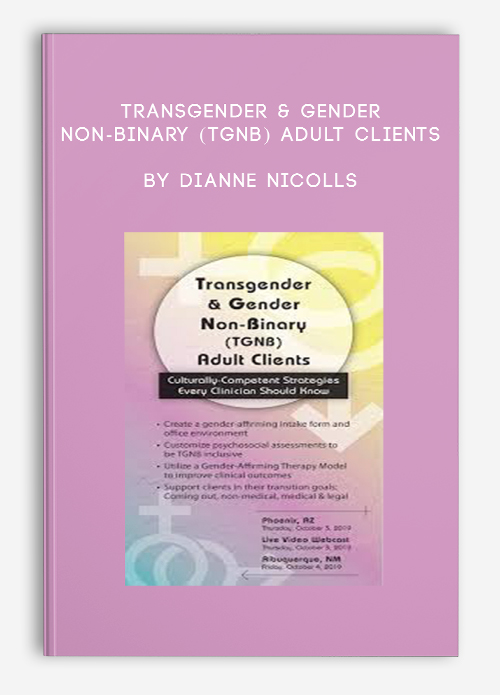

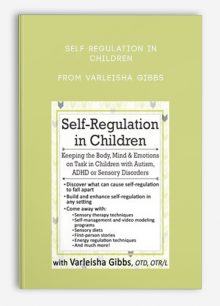

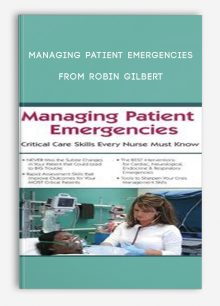

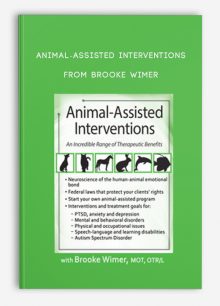

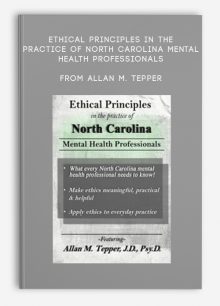
Trevis Trevis –
This is one of the most beautiful website and you can check the reviews of my website here: https://salaedu.com/clients-proof-and-reviews/